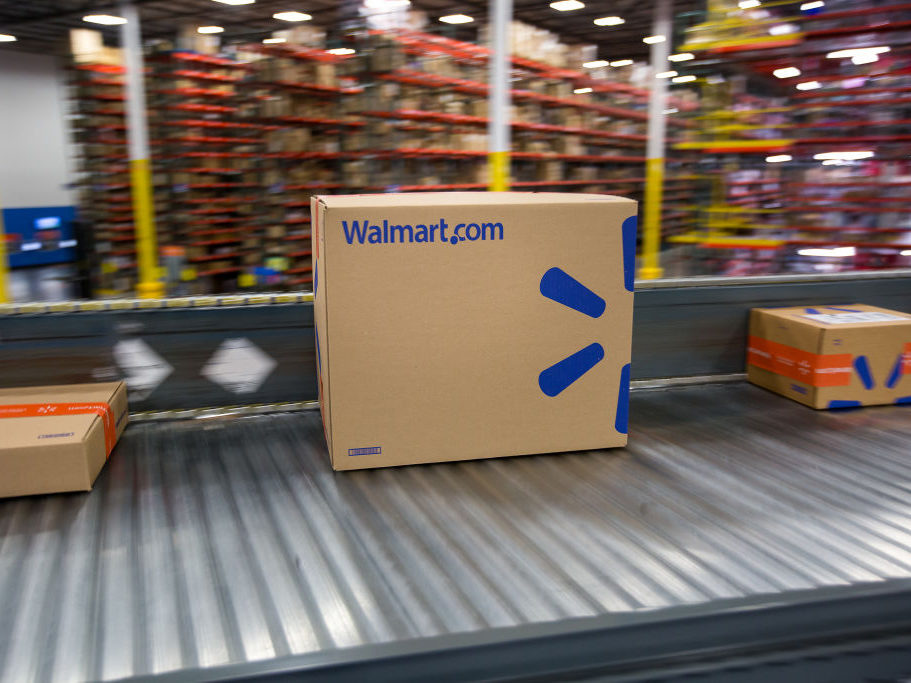
Home » Unprecedented Online Holiday Sales Could Have Costly Aftermath for Retailers
Unprecedented Online Holiday Sales Could Have Costly Aftermath for Retailers

November 29, 2018
Black Friday results have reinforced that this U.S. holiday shopping season will be one of the best in recent memory. But even in good times, there are concerns for retailers.
The takeaway from the past week is that Americans are spending at unprecedented levels, and the overwhelming majority of that growth — if not all of it — is online. While brick-and-mortar chains can rightfully claim their stores help boost web sales by giving shoppers a chance to see products in person, the web sales are less profitable.
“Stores have been gaining more traction, but online is growing faster,” said Poonam Goyal, an analyst for Bloomberg Intelligence. “The higher shipping expenses are still going to be a bigger drag on margin.”
The shift online means chains have to spend more on already-elevated shipping costs, which will eat into profit margins, she said. On top of this, many retailers now offer free or reduced rates for mailing packages during November and December, which only exacerbates the hit to results.
The added complexity and reduced profitability is hanging over this holiday season that, while expected to be a blockbuster, is also seen as possibly the last standout Christmas of the current economic cycle. Investors started souring on retail stocks earlier this month amid concern that the consumer-spending environment could be at the peak of the mountain and will soon be followed by decline.
Americans spent $58.5bn online this month through Monday, a more than 20 percent increase from a year ago and spearheaded by a 24 percent surge to $6.2bn on Black Friday, according to Adobe Analytics. The five-day Thanksgiving shopping period saw combined sales at 80 of the largest 100 U.S. web retailers rise more than 23 percent over last year to $24.2bn.
Not only did Cyber Monday rack up the most purchases — as in years past — but revenue of $7.9bn made it the largest online shopping day of all time in the U.S., the group’s data showed.
Overall, physical stores had a disappointing four-day period with visits down 6.6 percent, according to retail analytics firm RetailNext. But not all brick-and-mortar chains and categories are created equal. For example, sales of electronics and appliances rose 6.4 percent over the weekend, according to Customer Growth Partners. The researcher reiterated its forecast for holiday sales overall to grow 5.1 percent to $701bn.
Most retail stocks reacted positively on Monday, with the SPDR S&P Retail ETF rising 2 percent, more than the S&P 500 Index’s climb of 1.6 percent. GameStop Corp. and Victoria’s Secret owner L Brands Inc. led the way.
The extra expense of e-commerce comes on top of the industry’s traditional holiday challenge of balancing door-buster deals with profitability. So far, discounting levels appear to be similar to last year, according to Jefferies Financial Group, although price cuts were deeper for some categories such as toys.
“Shoppers and stores alike will have a happy holiday this year — assuming retailers can maintain their margin discipline,” said Craig Johnson, president of Customer Growth Partners. “Looking forward, the key issue is whether this pace can be sustained into the new year and beyond.”
RELATED CONTENT
RELATED VIDEOS
KEYWORDS All Warehouse Services consumer packaged goods E-Commerce/Omni-Channel Express/Small Shipments last mile delivery Logistics Logistics Outsourcing LTL/Truckload Services order fulfillment packaging Retail Transportation & Distribution Transportation Management
Related Directories
Subscribe to our Daily Newsletter!
Timely, incisive articles delivered directly to your inbox.
Popular Stories

2024 Supply Chain Management Resource Guide: There's Only One Way Off a Burning Platform
VIEW THE LATEST ISSUECase Studies
-
Recycled Tagging Fasteners: Small Changes Make a Big Impact
-

Enhancing High-Value Electronics Shipment Security with Tive's Real-Time Tracking
-

Moving Robots Site-to-Site
-
JLL Finds Perfect Warehouse Location, Leading to $15M Grant for Startup
-
Robots Speed Fulfillment to Help Apparel Company Scale for Growth



